This is a retro game and emulation project for the Parallax Propeller P2 microcontroller.
The P2 is the next iteration of Parallax's multicore processor design featuring 8 independent processors (cogs) with 512K of shared central (hub) RAM.
We thought we'd start with good old Space Invaders and the trusty Intel 8080.
An 8080 emulator isn't groundbreaking in any way and an earlier project on the P2's predecessor the P1 saw an 8080 emulator and CPM combined to great effect.
The increase in power of the P2 means we can emulate the 8080 with RAM & ROM space, generate audio & video video signals and handle any other IO in a single cog.
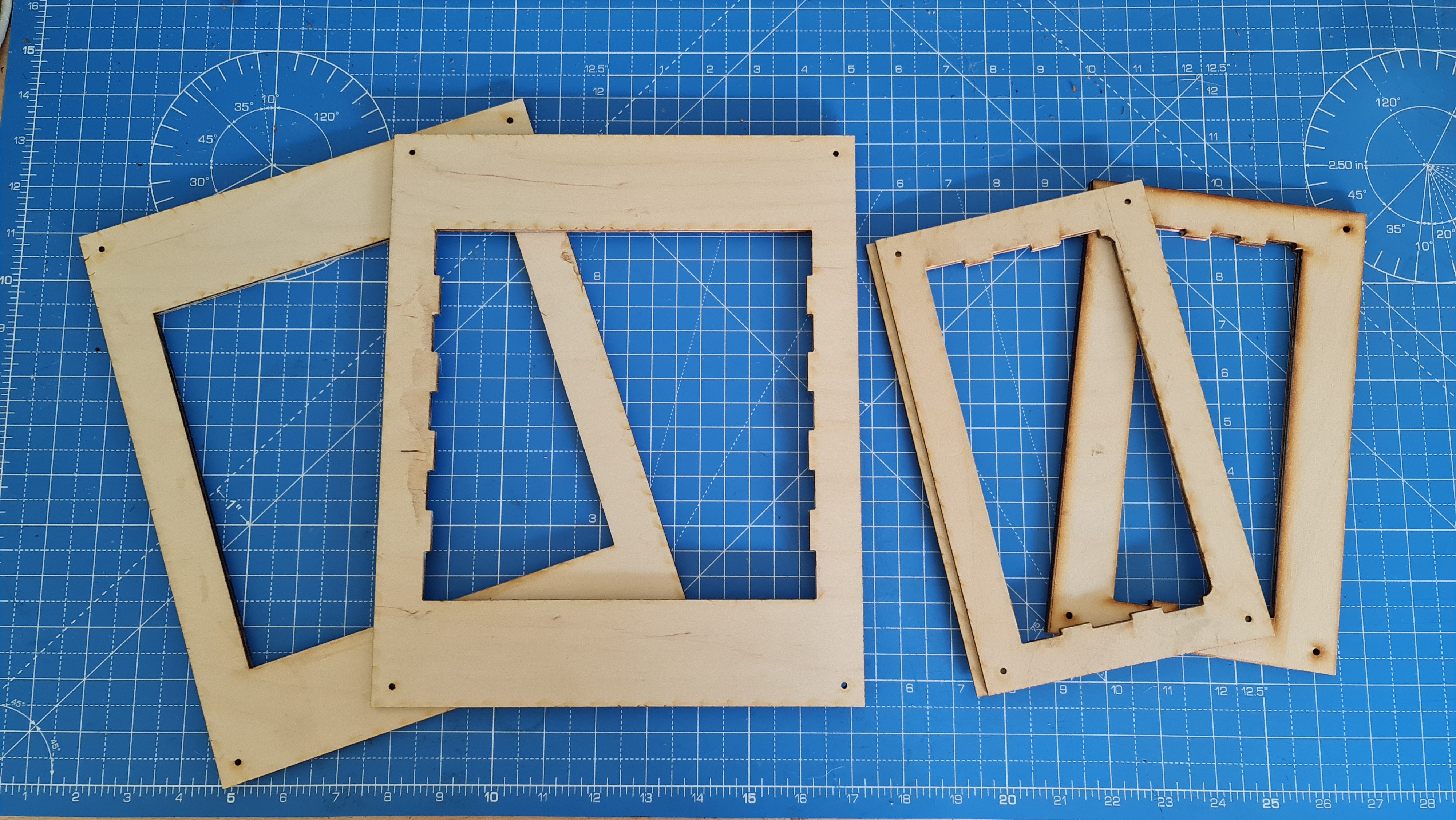
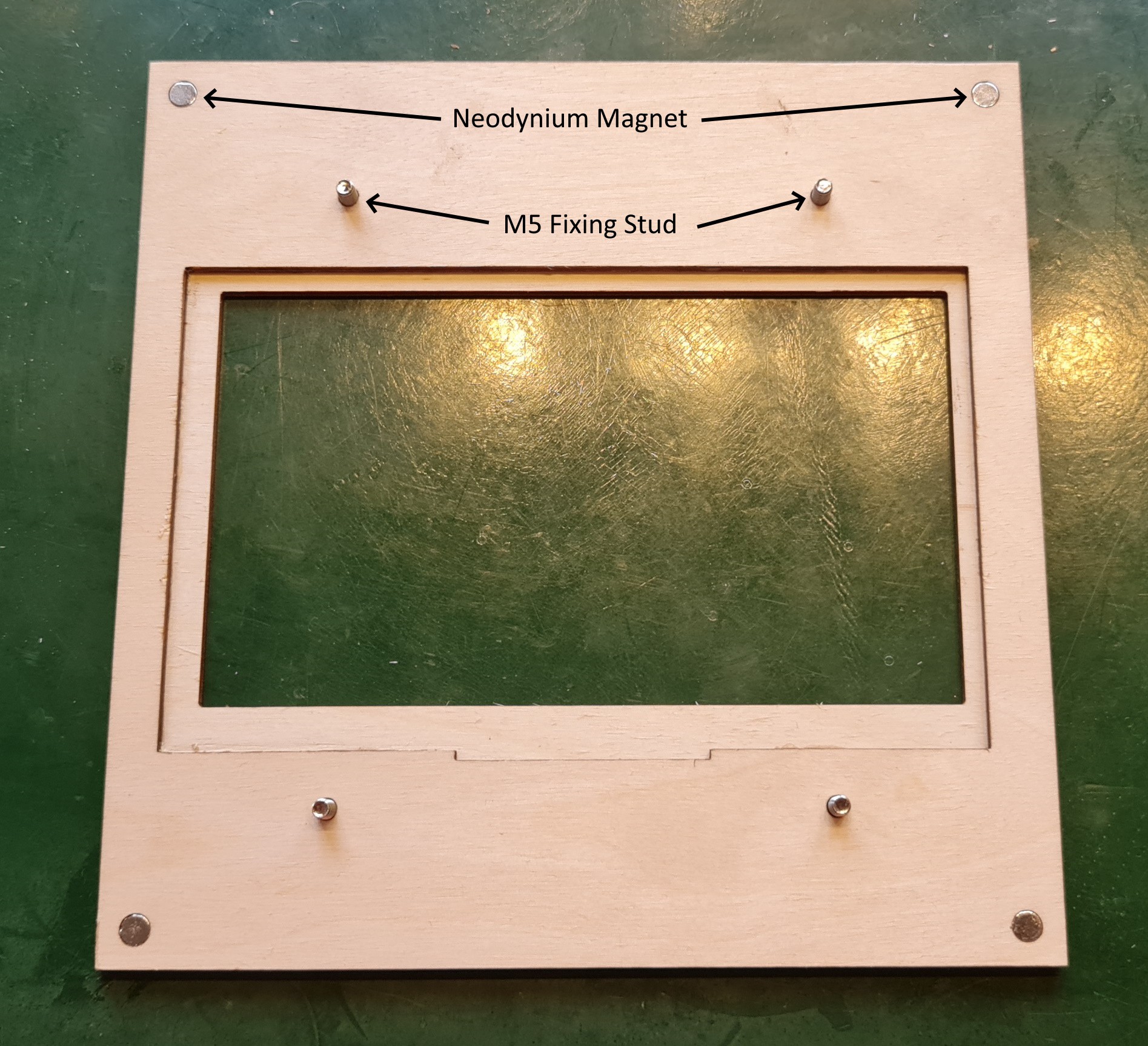
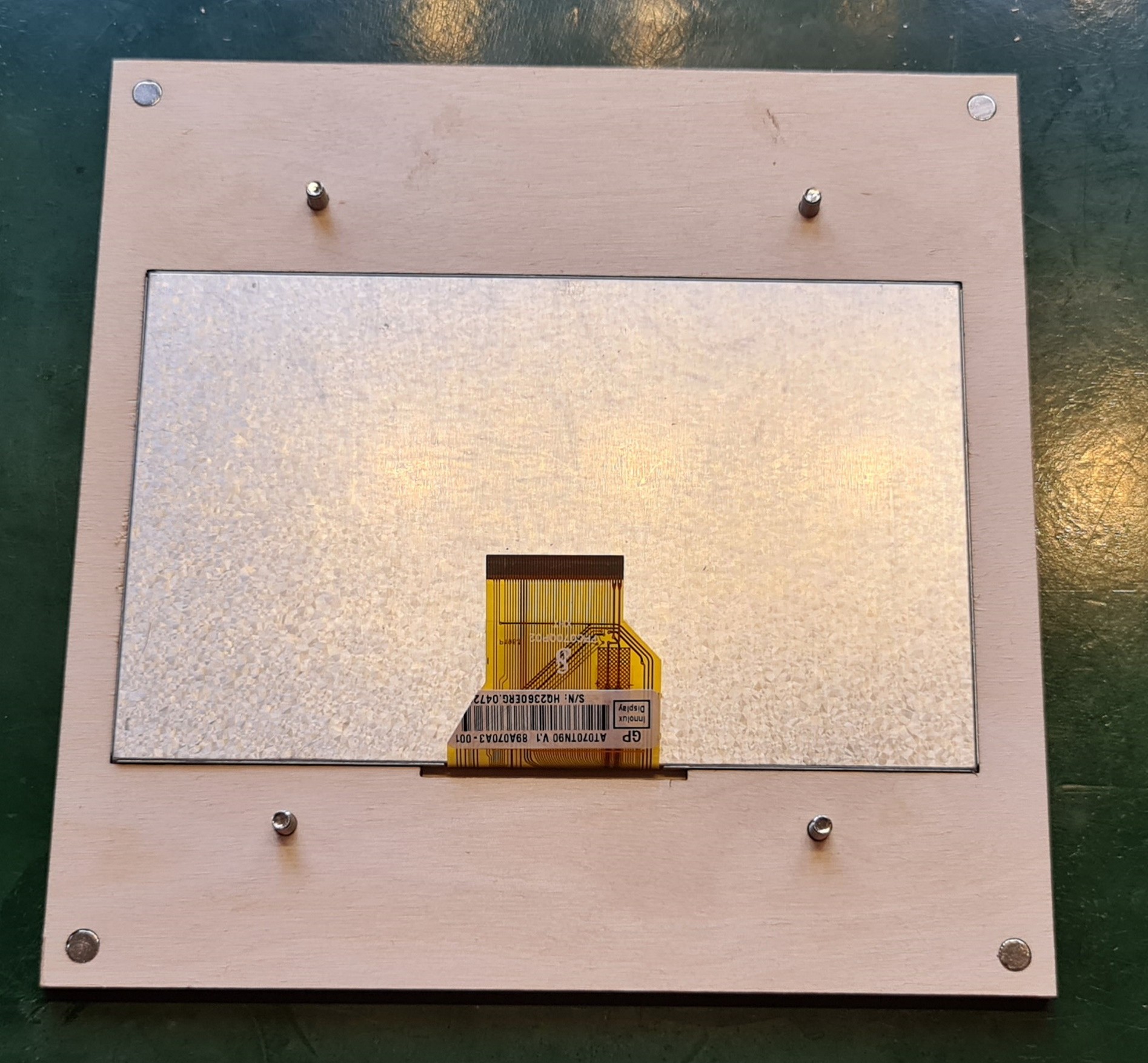
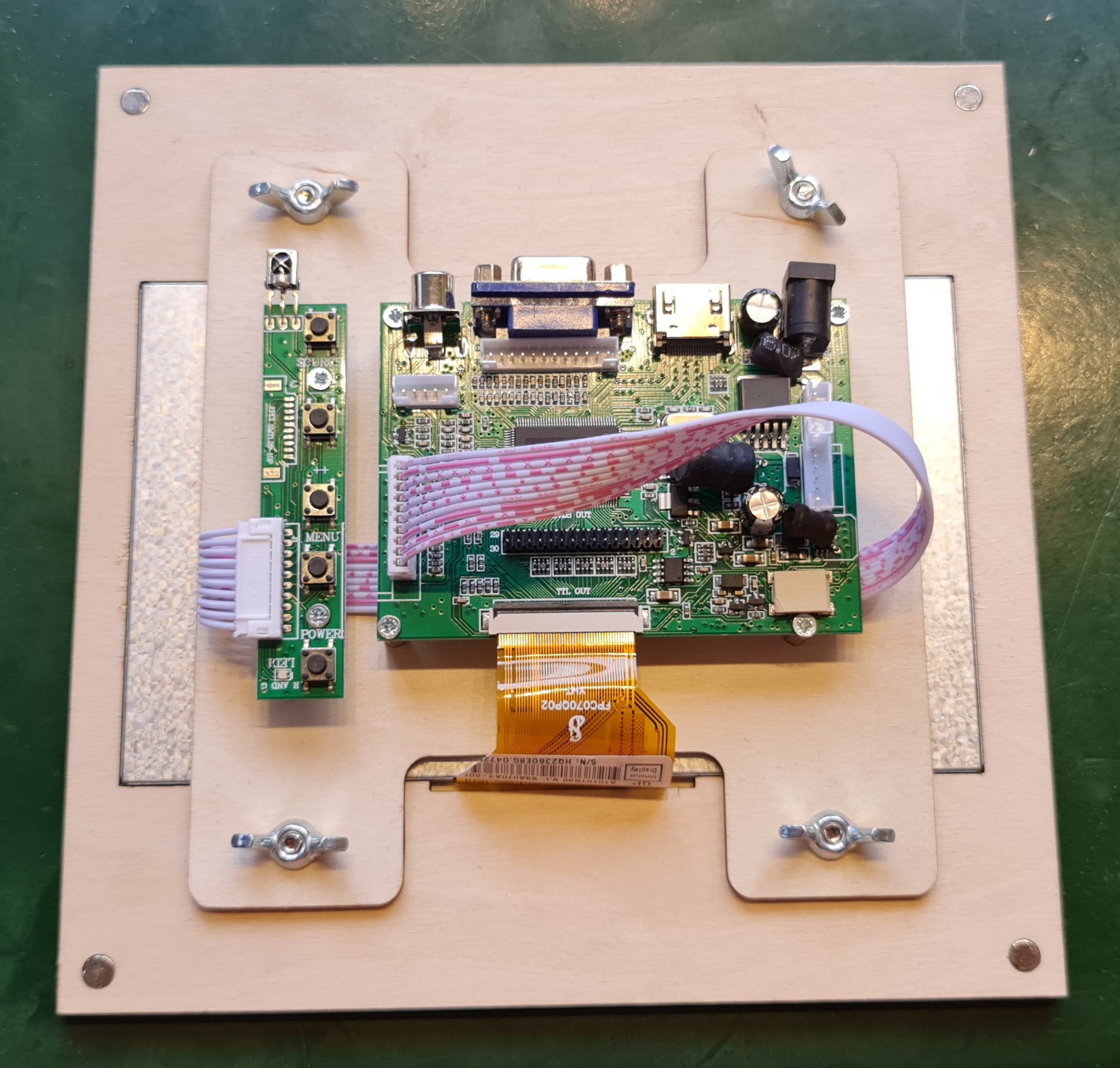
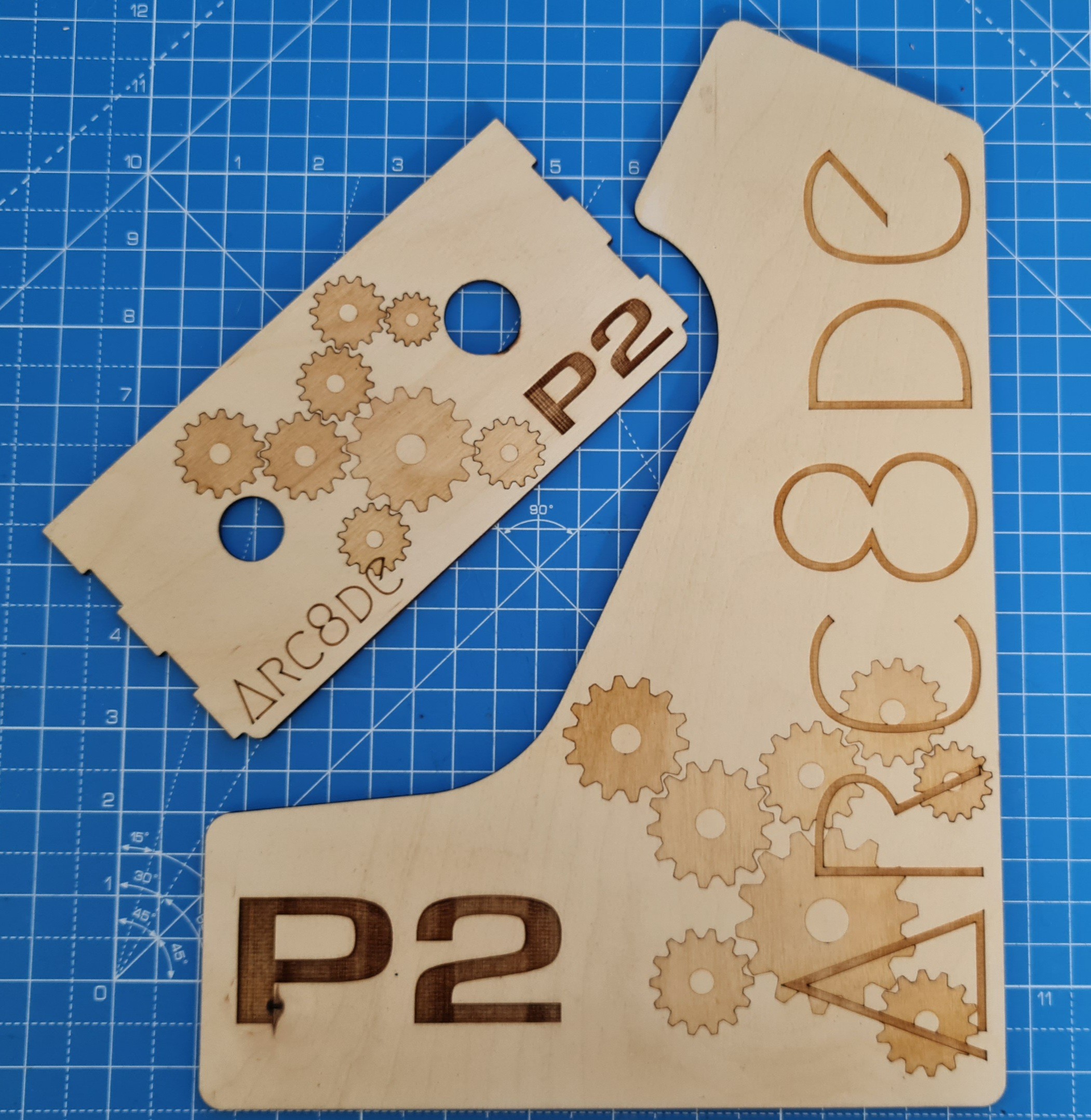
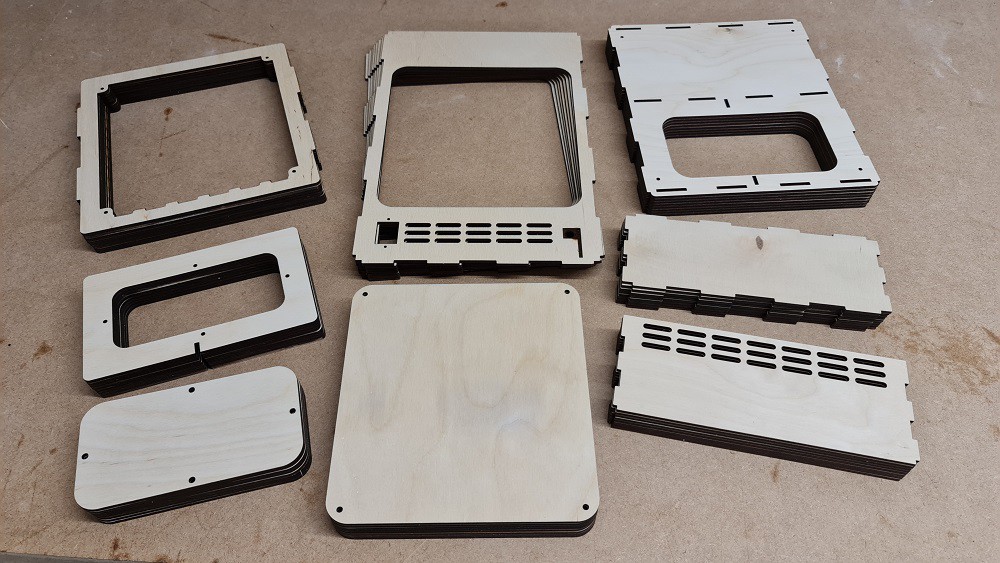
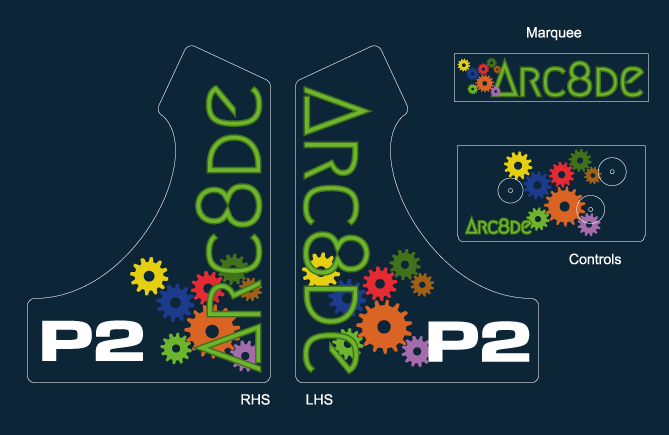
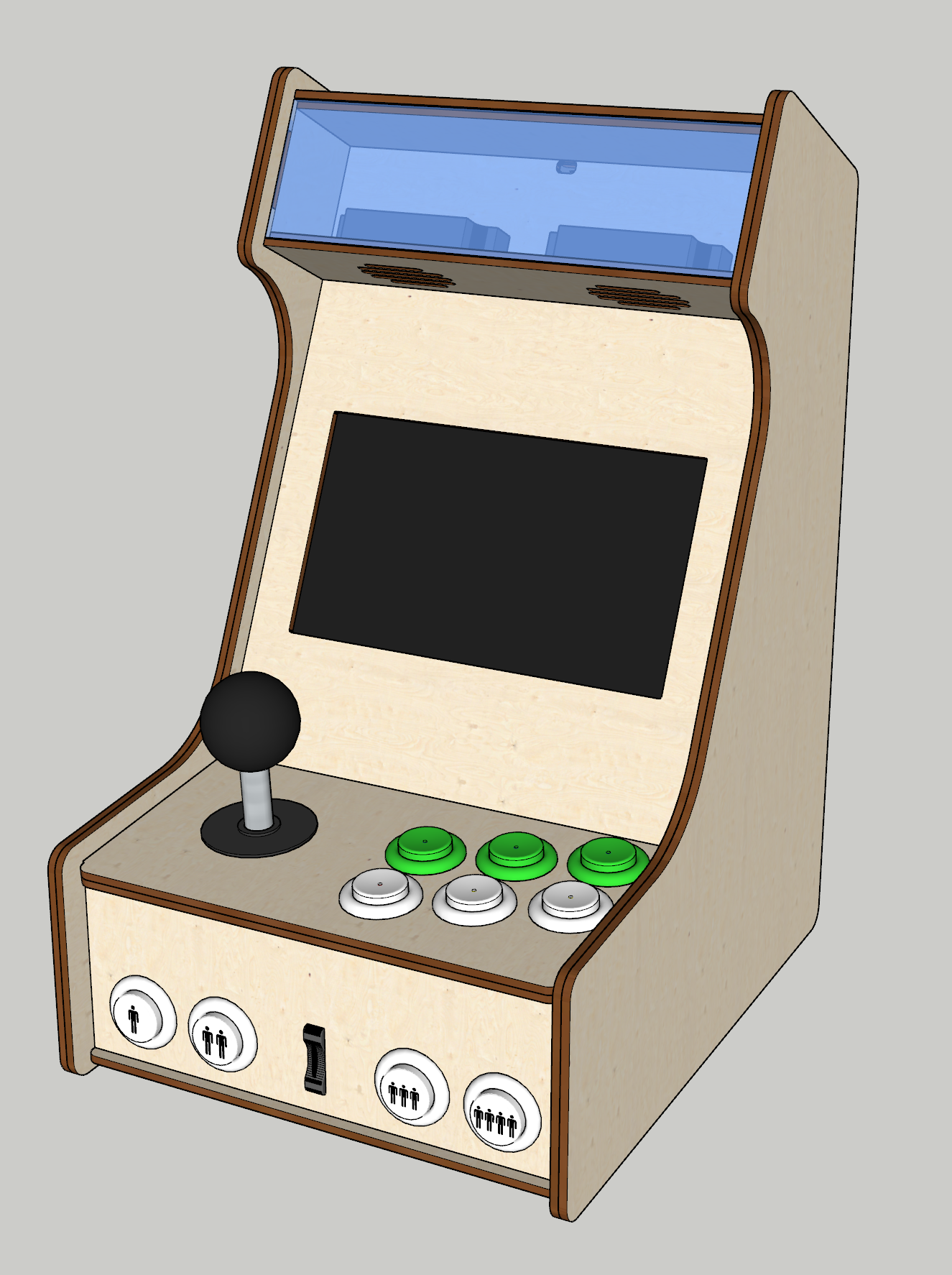

But on the single machine version, yes you can either have 7 unused cogs, or you can use them for extra things, like using just 4 cogs to making a better display driver that has 2 scrollable tilemaps a scrollable bitmap and 512 sprites and 512 particles ( pixels ), and 1 cog for audio, one for code for the game, be it spin or assembly, or a cpu emulator or C or codeblocks and one to read from an SD card